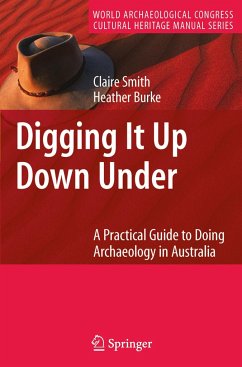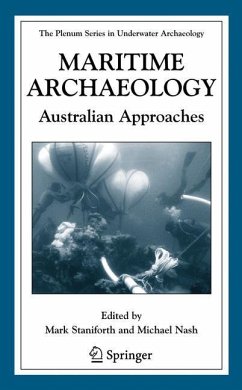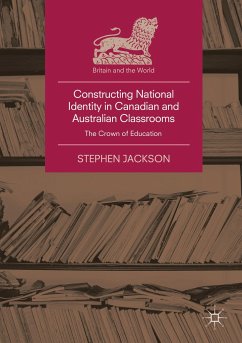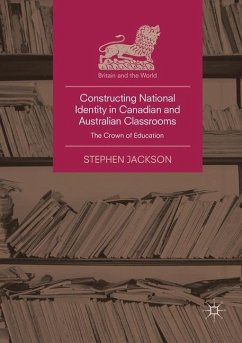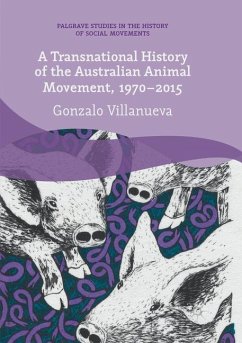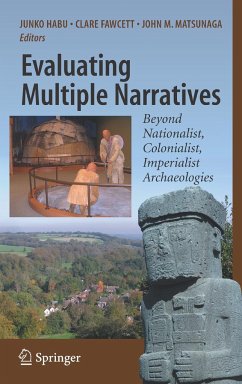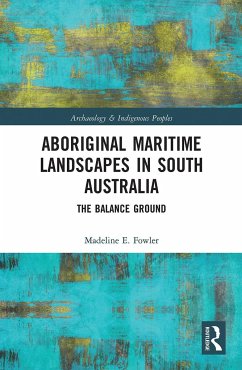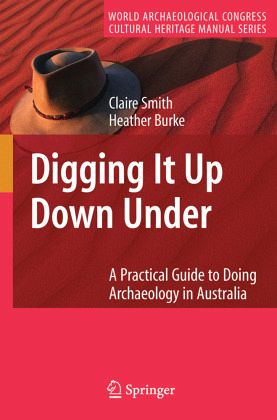
Digging It Up Down Under
A Practical Guide to Doing Archaeology in Australia
Herausgeber: Burke, Heather; Smith, Claire
Versandkostenfrei!
Versandfertig in 6-10 Tagen
113,99 €
inkl. MwSt.
Weitere Ausgaben:

PAYBACK Punkte
57 °P sammeln!
What are the secrets to successful archaeology in Australia? What traps are there for the novice archaeologist? How can a hill be a sacred site? Who holds the best repositories of historical documents? What skills and qualities do archaeological consultancy firms look for? What is it that everyone else knows that you don't?
This book contains the answers to these questions, and more. Whether you are a graduate student seeking to gain overseas experience, a volunteer wanting to learn more about archaeology by working on a real site, or a professional archaeologist interested in gaining employment, this volume provides a unique introduction to undertaking archaeology in an Australian setting.
Grounded in the social, political and ethical issues that inform Australian archaeology today, Digging it up Down Under includes advice on the local legislative situation, relevant codes of ethics, definitions of artifacts and sites, and the history and characteristic features of the occupation of the continent by both Aboriginal and European people. Professional archaeologists provide their personal tips for working in each state and territory, dealing with a living heritage, working with Aboriginal peoples, and coping with Australian conditions. This book also includes practical advice on finding funding, local practices, getting published, and having fun-all with the aim of making you better equipped to undertake archaeology in the land down under.
This book contains the answers to these questions, and more. Whether you are a graduate student seeking to gain overseas experience, a volunteer wanting to learn more about archaeology by working on a real site, or a professional archaeologist interested in gaining employment, this volume provides a unique introduction to undertaking archaeology in an Australian setting.
Grounded in the social, political and ethical issues that inform Australian archaeology today, Digging it up Down Under includes advice on the local legislative situation, relevant codes of ethics, definitions of artifacts and sites, and the history and characteristic features of the occupation of the continent by both Aboriginal and European people. Professional archaeologists provide their personal tips for working in each state and territory, dealing with a living heritage, working with Aboriginal peoples, and coping with Australian conditions. This book also includes practical advice on finding funding, local practices, getting published, and having fun-all with the aim of making you better equipped to undertake archaeology in the land down under.
Digg^f^g it up Down Under is the first book in a new series of Global Cultural Heritage Manuals being published by Springer. The aim of this series is to provide the essential information needed to conduct archaeological fieldwork in various parts of the world. This series of hands-on field manuals have been written for both undergraduate and graduate students, and for emerging professionals. Each book constitutes a step-by-step guide to undertaking and successfully completing cultural heritage fieldwork in a particular country or region. The Global Cultural Heritage Manuals Series fills the need for a cohesive series of regional field manuals for archaeologists. While there are a number of useful books that provide an introduction to archaeological techniques, these books tend to focus primarily on conditions in North America or Britain, and this makes them of limited value to archaeologists working in other parts of the world. The Global Cultural Heritage Manuals Series fills this gap, not only through providing information specifically crafted to the ethical, legislative and environ mental conditions of each region or country, but also by providing the detailed advice on the complex process of undertaking archaeological fieldwork in dif ferent parts of the world. The books in this series are structured so they guide practitioners through the entire archaeological process, from research design and obtaining funding, visas and permissions, to site recording, analysis, report writing and other forms of publication.





